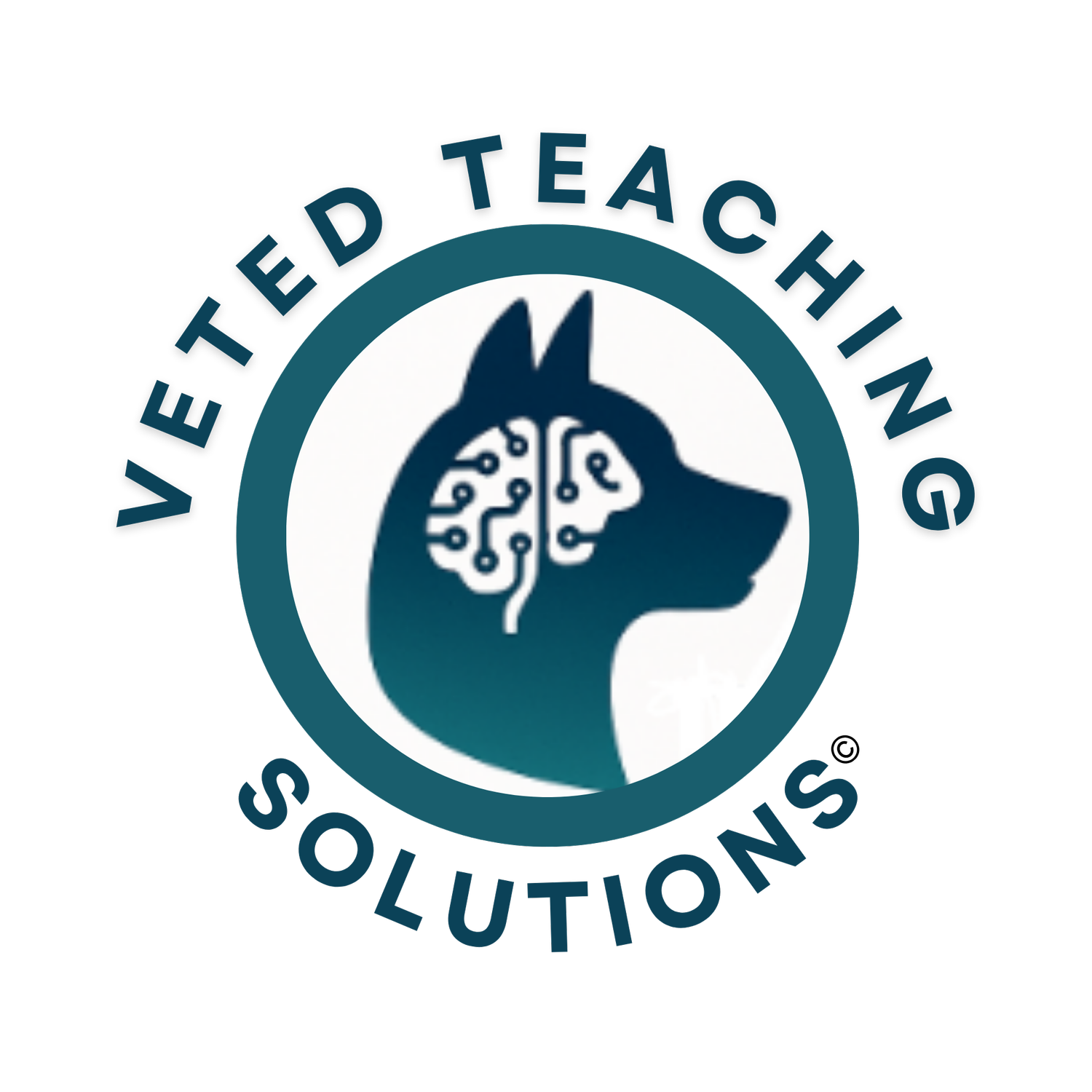Bridging the Specialty Teaching Gap in Veterinary Education
Specialty areas like cardiology, radiology, neurology, and anesthesiology are essential for producing clinically ready veterinarians. Yet, the reality in many veterinary programs is that there simply aren’t enough board-certified specialists available to teach these topics in depth. Faculty shortages, demanding clinical schedules, and the nationwide specialty workforce gap make it challenging to deliver specialty-focused curriculum consistently.
In many cases, veterinary schools must leverage generalist faculty to introduce or reinforce specialty concepts. This approach can work well for foundational instruction, while also leaving a need for nuanced, specialty-specific reasoning that comes from direct expert experience. Students still gain important exposure, but without deeper integration, they may miss opportunities to develop advanced clinical reasoning in those unique specialty areas.
The Impact on Student Learning
When specialist-led instruction is limited, schools may find it harder to:
Provide consistent, up-to-date specialty content across cohorts
Offer case-based or scenario-driven learning that mirrors real-world specialty decision-making
Align teaching to the depth and specificity required for CBVE and EPA competencies in those fields
While students still develop strong skills, the need for structured, specialty-specific reinforcement helps their readiness for advanced rotations or internship-level expectations.
How V.E.T.S. Supports Faculty and Students
At V.E.T.S., we design specialty-informed curriculum Packs that integrate seamlessly into existing veterinary programs—whether taught by a specialist or a generalist. Our content is:
Developed by veterinary specialists with current clinical expertise
Scaffolded for progressive learning from foundational to advanced application
Customizable for faculty-led or self-paced delivery, supporting both classroom and clinical learning
Aligned with CBVE and EPA competencies to ensure relevance to accreditation standards
This means a generalist instructor can confidently deliver high-quality specialty content and feel confident in knowing that specialty-crafted e-content is a ready, available tool—and students benefit from structured, expert-informed instruction.
Moving Forward Together
Addressing the specialty shortage in veterinary education will take long-term strategies, including growing residency programs. In the meantime, leveraging well-designed, specialist-developed e-content can help schools maintain instructional quality, reduce the burden on already stretched faculty, and ensure students graduate with the specialty knowledge they need for clinical readiness.
If your program is exploring ways to strengthen specialty teaching without overloading faculty, you can learn more about our Specialty Packs or contact us, and we’ll be happy to offer assistance.
